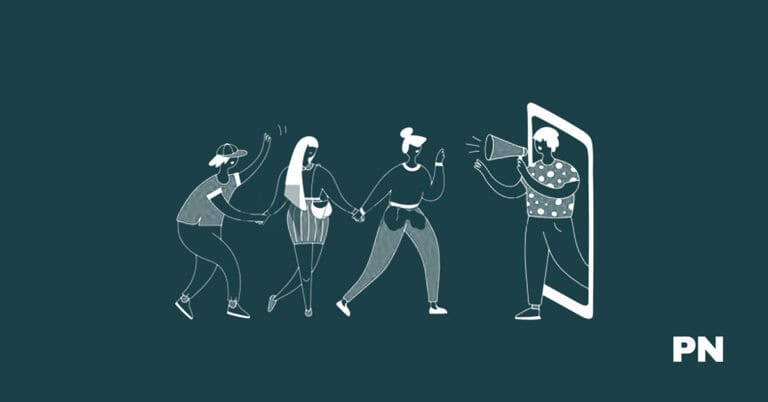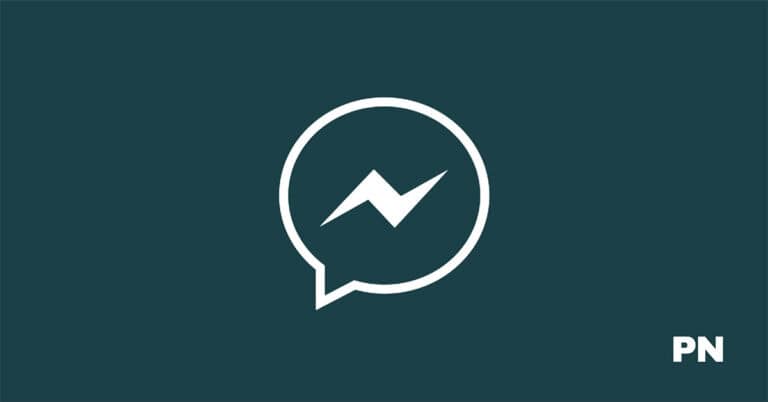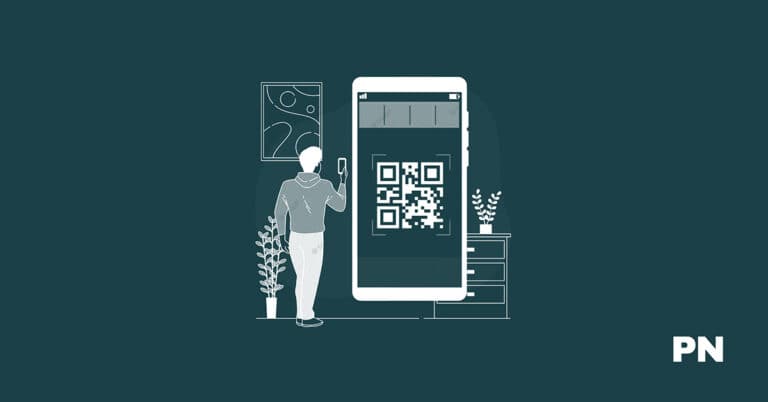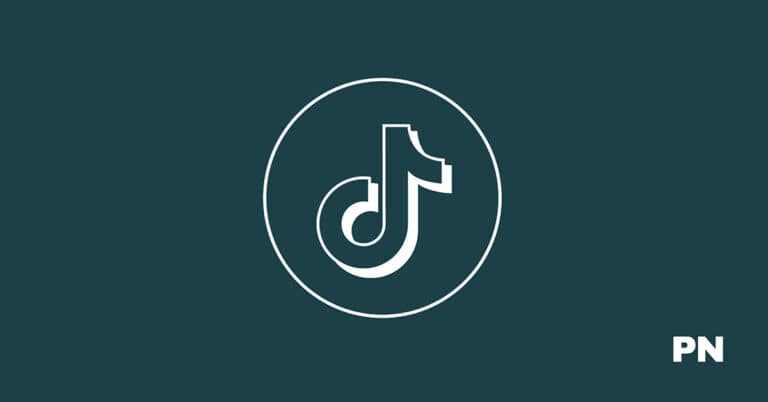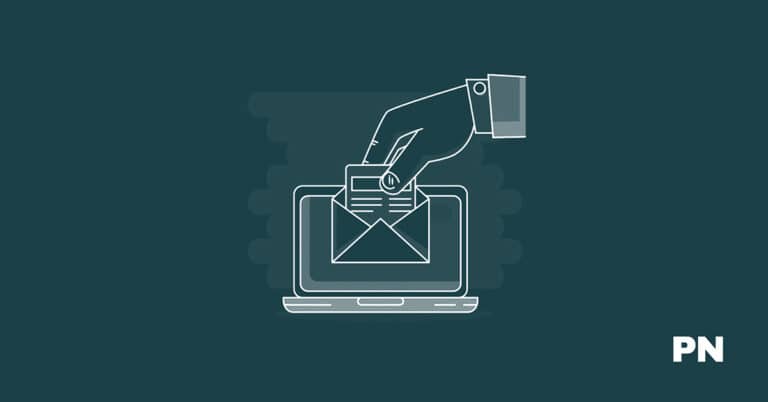33 Powerful Healthcare Marketing Statistics
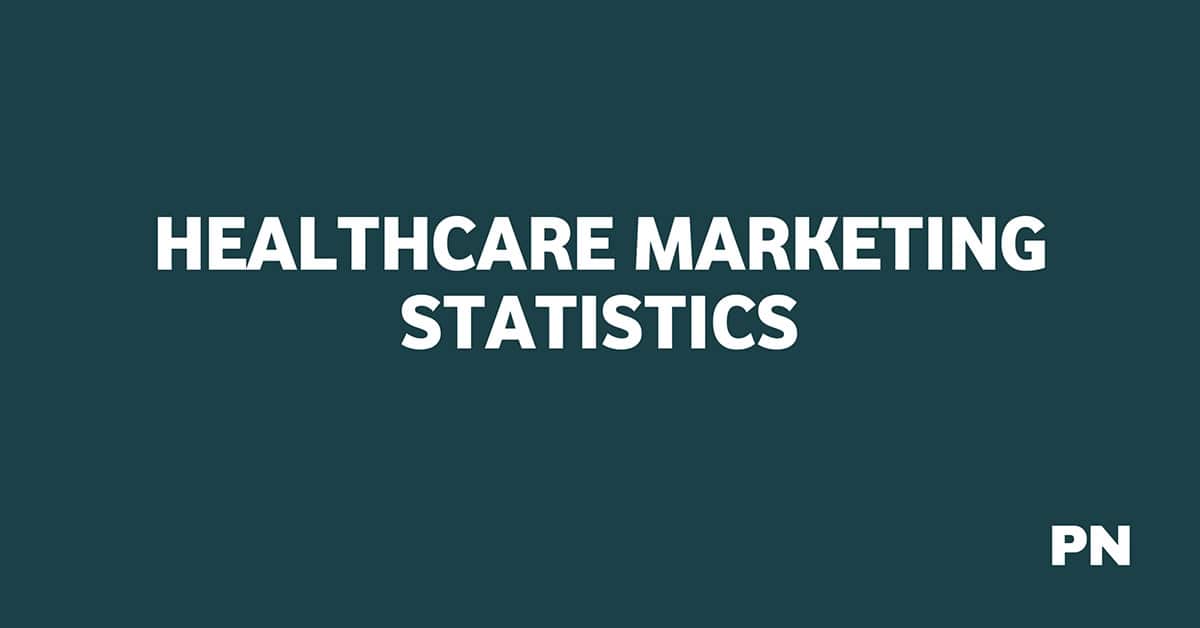
Understanding the trends and data that drive successful marketing strategies as the healthcare industry evolves becomes essential for healthcare providers and marketers.
Did you know that the US Healthcare advertising expenditure is projected to increase to $29.2 billion by 2028?
Only 28% of healthcare marketers possess a documented content marketing strategy. Interesting, I must say!
With a rich landscape of data and changing consumer behaviors, marketers must stay informed to create effective strategies.
In this article, I discuss powerful healthcare marketing statistics to illustrate the dynamic landscape of healthcare marketing and the need for data-driven strategies to stay ahead.
1. The U.S. national healthcare expenditure reached $4.5 trillion in 2022 and is anticipated to hit $6.2 trillion by 2028.
(Source: Health and Human Services)
This forecast assumes a continuing rise in healthcare costs, a trend in recent years except for unique fluctuations caused by extraordinary events such as the COVID-19 pandemic.
You must be aware of these trends, as they affect national policy and personal healthcare decisions. Keep an eye on evolving healthcare costs, as these figures can directly impact your financial planning for healthcare services.
Understanding the trajectory of healthcare expenses helps anticipate changes in insurance premiums, out-of-pocket costs, and available healthcare services.
2. Merely 28% of healthcare marketers possess a documented strategy for content marketing.
(Source: Semrush)
Your marketing tactics must be agile and well-informed in the swiftly evolving healthcare industry. Yet, only a fraction of healthcare marketers have a documented strategy for content marketing.
This low percentage signifies a gap between recognizing the importance of content marketing and effectively integrating it into healthcare marketing efforts.
3. The average email open rate for the healthcare industry is 21.48%, accompanied by a click-through rate of 2.69%.
(Source: Digital is Medical)
The open rate strongly indicates how compelling your subject lines are and how well you’ve segmented your audience. It also reflects the relevance and timeliness of your content to your email recipients.
Beyond the open rate, the click-through rate (CTR) is equally significant as it measures engagement with the email’s actual content. While it might appear low, this is a critical metric that informs you about the effectiveness of your email content and calls to action.
The CTR reports on how many recipients are moved to take the next step you’ve suggested in the email, whether it’s to learn more, contact your office, or take advantage of a service.
4. A staggering 90% of Americans utilize social media for health-related information.
(Source: Invoca)
You live in a time when nearly all Americans turn to social media for health-related information. The reliance on platforms like Facebook, Twitter, and Instagram for such crucial data underscores a major shift in how you and your peers seek healthcare knowledge.
For many, social media is a first line of inquiry before consulting healthcare professionals.
5. In 2022, there was an 11.5% increase in healthcare advertising spending in the U.S.
(Source: eMarketer)
This escalation reflects a broader trend where healthcare providers and pharmaceutical companies increasingly rely on advertising to reach and acquire new patients.
Your takeaway from this trend should note the strategic importance of advertising in the healthcare sector as an evolving field that underscores businesses’ need to remain agile and responsive to market dynamics and consumer needs.
6. The anticipated trajectory suggests U.S. healthcare advertising expenditure will increase from $22.4 billion in 2022 to $29.2 billion by 2028.
(Source: IMARC Group)
Healthcare advertising in the U.S. is positioned for substantial growth in the coming years.
This growth trajectory can be attributed to various factors, including innovation in healthcare services, increased competition among providers, and the ongoing need to reach patients in an increasingly digital world.
7. 72% of internet users search for health information online.
(Source: Pew Research)
In the digital age, your health information is often at your fingertips. The range of topics is diverse, from researching specific medical conditions to finding general wellness advice.
Remember, the accuracy of health information online can vary. As you navigate the vast amount of health data available, be critical of the sources and verify the information through reliable healthcare providers or official health organization websites.
Tip: Always check the date and source of the health information to ensure it’s up-to-date and comes from a credible source.
8. Video content is predicted to represent 82% of internet traffic by 2022, underscoring its significance for healthcare marketers.
(Source: Cisco)
Video content has seen unprecedented growth and became essential in various marketing strategies, particularly in the healthcare sector.
This statistic underlines the importance of integrating video into your marketing campaigns. As a healthcare marketer, embrace this trend and consider how video can enhance your endeavors to connect with your audience more effectively.
9. Approximately 60% of healthcare marketers intend to augment their content marketing budgets in the coming year.
In the dynamic field of healthcare marketing, your strategy’s effectiveness and reach are paramount.
This strategic shift towards allocating more funds to content marketing efforts is driven by its proven cost-efficiency and ability to generate significantly more leads than traditional methods.
By understanding these industry trajectories, you can make informed decisions for your marketing budget.
10. The market value for mobile health apps is expected to reach $111.1 billion by 2025.
(Source: Globe News Wire)
The mobile health (mHealth) apps market is undergoing rapid growth, with forecasts suggesting a sizeable increase in market value.
This growth trajectory indicates a significant shift toward digital health solutions and underscores the importance of you, as healthcare marketers, recognizing the potential of mobile health applications.
The growth is propelled partly by your demand for better health management tools at your fingertips and partly by technological advancements that make these apps more accurate and user-friendly.
As a marketer in the healthcare space, recognizing these drivers is crucial for positioning your strategies to tap into this expanding market.
11. 84% of patients rely on online reviews to assess healthcare providers.
(Source: Reputation Sciences)
When patients seek a new doctor or medical service, these reviews serve as social proof and are often viewed as a trustful resource.
Nearly three-quarters of surveyed patients begin their search for a new doctor with online reviews, so it is crucial for healthcare practices to actively monitor and improve their online reputation.
These sites include Google, WebMD, and Yelp.
Every positive review can significantly boost a potential patient’s confidence in choosing your services, and conversely, negative reviews may deter them.
12. Telemedicine visits are poised to surpass 1 billion by the close of 2024, driven by enhanced convenience and accessibility.
The integration of telemedicine into healthcare has been accelerating rapidly. You can now access medical consultations and services without traditional in-person visits by leveraging technology.
This shift is not only convenient but essential for those in remote or underserved regions.
Your healthcare experience is evolving, emphasizing digital connectivity and patient-centered care. The trend suggests that telemedicine will become an integral part of your healthcare routine, offering a mix of in-person and remote options tailored to your needs.
13. Patient engagement has increased by up to 74% through the implementation of personalized marketing campaigns.
With the advent of personalized marketing campaigns in healthcare, you’ve witnessed a significant surge in patient engagement.
Personalization is achieved by leveraging patient data to deliver relevant and tailored content that resonates more effectively with each individual.
Patient portals and digital platforms are instrumental in this shift, ensuring seamless access to health information. The trend towards digitalization in MedTech supports this, with companies reporting a marked increase in budget allocation for digital marketing.
14. Health-related searches constitute 5% of all Google searches.
(Source: Medical Buyer)
In the digital age, googling symptoms or health concerns is often the first step when you’re not feeling well. As someone who may have tapped into Google’s search bar for health queries, this statistic demonstrates a clear tendency to seek health information online.
This engagement with health-related content underscores the potential reach for healthcare marketers, as your audience is actively seeking health information.
15. In 2021, healthcare digital advertising spending took the lead over healthcare TV ad spending, accounting for 46% of the total healthcare ad spending.
(Source: Zenith Media)
This transition illustrates the healthcare industry’s adaptation to evolving consumer behaviors, where more people seek health information and services online.
Additionally, the pandemic likely accelerated the digital transformation, given the increased consumption of digital content and the necessity for remote services.
Your marketing strategies should recognize emerging trends. Digital advertising now encompasses a range of formats, from static display ads to more sophisticated, interactive methods like video visits, mobile apps, and text messages.
Adapting and investing wisely in these innovative digital channels is crucial to effectively staying connected with your audience.
16. The average expenditure for acquiring a healthcare lead is $286.
(Source: Invoca)
When strategizing for healthcare marketing, you must recognize the financial outlay required for lead acquisition.
Your marketing efforts should aim to maximize lead quality while maintainig, ,or ideally, reducing this cost. Fine-tune your strategy by exploring different channels and tactics to find the most cost-effective means of lead generation for your healthcare practice.
17. Despite a low 6.11% click-through rate, hospitals allocate 85% of their marketing budget to Google Ads, indicating a potential need for diversified strategies to enhance return on investment.
(Source: Mega Digital)
When planning your hospital’s marketing budget, it’s essential to consider the potential of your investments.
It might surprise you that despite Google Ads’ relatively low average click-through rate (CTR), a significant portion of hospital marketing budgets is funneling into this single channel.
This allocation suggests that your marketing strategy might rely heavily on a platform where ads may not generate direct engagement through clicks over 90% of the time. Balancing your marketing budget could increase your return on investment (ROI).
Consider exploring alternative marketing avenues along with Google Ads. Diversifying your marketing mix can open up new engagement channels.
Channels such as social media, search engine optimization (SEO), email marketing, or traditional advertising can complement your existing strategies. Integrating multiple touchpoints for healthcare consumers can not only spread risk but may also capture a wider audience.
18. A significant 88% of healthcare appointments are scheduled by phone, reflecting prospective patients’ preference for personal and private communication in the healthcare realm.
(Source: MYSense Marketing)
When arranging healthcare appointments, it’s clear that a majority leans towards the traditional scheduling method by phone. This high percentage highlights the need for personal touch and confidentiality in healthcare interactions.
Why might patients prefer phone calls? It’s about the comfort and assurance found in human interactions.
Medical practices and healthcare marketers must ensure they can handle a high volume of phone-based interactions and deliver the personalized service you expect.
19. Following online searches, individuals researching nursing homes, physical therapists, and chiropractors are more likely to contact healthcare providers directly.
When people transition from online searches to phone calls, they usually gather more nuanced information or schedule an appointment.
This is indicative of the critical nature of personal interaction in healthcare decisions. Remember, if you’re in this research phase, don’t hesitate to call for comprehensive and customized information directly from the source.
20. The average marketing budget for healthcare marketers declined, dropping to $7.6 million in 2023 from $8.3 million in 2022.
(Source: Medical Marketing and Media)
This reduction signifies a change from the upward trend that peaked before the pandemic hit. To put this in perspective, back in 2019, the average budget soared to $12.5 million.
The budget contraction may influence how you allocate resources across various marketing channels. Strategic adjustments are essential to ensure your marketing efforts remain effective despite a leaner budget.
21. The global healthcare services market grew from $7,499.75 billion in 2022 to $7,975.87 billion in 2023 at a compound annual growth rate (CAGR) of 6.3%.
(Source: Globe News Wire)
Your attention to the healthcare market’s growth trajectory reflects an understanding of economic resilience and advancement in this sector. In just one year, from 2022 to 2023, you witnessed an increase in the global healthcare services market value.
As someone engaged with healthcare marketing statistics, your grasp of these figures is crucial.
They empower you to strategize and forecast more clearly, leveraging the market’s momentum. Remember, these statistics represent real-world changes, setting the stage for how healthcare services will evolve and meet demands globally.
22. The healthcare services market is expected to reach $9,816.85 billion in 2027, at a CAGR of 5.3%.
(Source: The Business Research Company)
This substantial upsurge is attributed to multiple factors. Technological innovations yield more effective and efficient patient care, garnering the integration of advanced medical devices and health informatics.
An aging global population contributes to a higher demand for health services, while the prevalence of chronic diseases accentuates the necessity for continuous treatment and monitoring.
Financially, there’s been an increase in healthcare spending, which furthers this growth.
23. The projected digital advertising spending for the healthcare and pharmaceutical industry in the United States is set to reach $19 billion.
(Source: Statista)
The healthcare and pharmaceutical industry is maintaining a robust trajectory in its digital advertising expenditure.
This surge underlines the industry’s confidence in online platforms as essential conduits to reach your audience.
You should be aware that the year-over-year increase is slowing despite the overall growth. Nonetheless, the forecast represents a steadfast commitment to digital outreach amidst an ever-competitive healthcare landscape.
24. Regarding patient behavior, two-thirds of patients prefer receiving medical appointment reminders through text messages.
By ensuring that your appointment reminders and booking prompts are sent as text messages, you cater to patient preferences and potentially reduce patient attrition rates.
Remember to make it easy for your patients to confirm their appointments via a quick text message response. This seamless interaction aligns with the patient’s behavior trends and could improve satisfaction and retention rates.
25. In social media, 82% of physicians use online platforms to research medical devices and pharmaceutical information.
Physicians understand the importance of staying updated with the latest medical devices and pharmaceutical advancements. As such, social media platforms have become an essential research tool for them.
26. Concerning social media, 49% of consumers expect a response from their doctor within a day when requesting an appointment via these platforms.
(Source: Continuous Care)
This expectation stems from a broader trend where immediacy is highly valued and has set new standards for patient-provider interactions.
Embrace the digital shift in healthcare communication, ensuring that your lines of communication with your patients remain open and responsive.
27. Telehealth utilization has stabilized at levels 38 times higher than before the onset of the pandemic.
(Source: McKinsey & Company)
Telehealth, a critical service during the COVID-19 crisis, has transitioned from a temporary solution to a fundamental component of healthcare delivery.
Prior to the pandemic, telehealth was a minor element in the broader medical field, but its integration has since reshaped access to healthcare. With 13% to 17% of medical consultations virtually across various specialties, telehealth’s footprint in the medical sector is clear.
28. Potential patients only need 1-6 online reviews to form an opinion about your practice.
(Source: Medical Economics)
In today’s digital age, online reviews significantly influence potential patients’ perceptions of your healthcare practice.
The immediacy with which these reviews can shape public opinion underscores the importance of effectively managing your online presence.
By acknowledging the power of online reviews and proactively managing them, you can maintain control over the narrative surrounding your practice, meet patient expectations, and foster trust.
29. 94% of patients will switch to a new practice if they offer online appointment scheduling.
(Source: Health Grades)
You are encouraged to evaluate your current appointment booking system to adapt to this growing demand. Implementing OAS could be integral in retaining and expanding your current patient base.
With a high percentage of patients willing to switch based on this feature alone, it’s clear that OAS is an influential factor in their decision-making process.
30. The Conversion Rate for the Healthcare Marketing Industry as a Whole is 3.2%, While Top Performers Can Reach 21.1%.
(Source: Ruler Analytics)
When examining the healthcare marketing industry, you’ll note a significant variance in conversion rates, a vital measure of marketing efficacy.
A typical healthcare marketer could expect to convert approximately three into qualified leads or patients for every hundred visitors.
However, it’s essential to recognize that the most successful marketers, the top performers in the field, far exceed the average. These leading marketers achieve an impressive conversion rate of 21.1%.
Their techniques and strategies result in about one in five visitors becoming leads.
31. 47% of internet users search online for information about doctors or other health professionals.
(Source: Pew Research Centre)
This statistic has significant implications for healthcare providers and the way they manage their online presence.
Patterns vary across age groups, with younger users more likely to turn to the Internet for this type of research. Women (52%) are more likely to search for health professionals online than men (41%).
Healthcare providers are responding to this by optimizing their online presence, providing more comprehensive information, and managing their reputation on various online platforms.
32. 50% of all paid search clicks for healthcare occurred on mobile devices.
In the fast-evolving landscape of healthcare marketing, understanding your audience’s behavior is crucial. Notably, half of the paid search clicks for healthcare-related queries are on mobile devices.
This marks a significant shift in the way potential patients interact with healthcare advertisements.
33. 90% of users between the ages of 18 and 24 say they trust medical information others share on social media.
(Source: National Institutes of Health)
When navigating social media, you may notice a significant trust placed on medical information shared on these platforms, especially among younger users.
Always be mindful to present healthcare information that upholds the ethos of providing value and maintaining trust among the 18 to 24 demographic on social media.
Final Thoughts on HealthCare Marketing Statistics
Your strategy for healthcare marketing must respond to the ever-increasing digital advertising expenditures within the industry. From $10.95 billion in 2020, the projections showed a climb to $12.22 billion in 2021 and further to an expected $13.63 billion by the end of 2022.
These numbers not only exhibit a steep growth trajectory but also underscore the necessity for your marketing campaigns to adapt and thrive in a competitive digital space.
Embrace the opportunity presented by such growth; the U.S. healthcare advertising expenditure is anticipated to surge from $22.4 billion in 2022 to a staggering $29.2 billion by 2028.
This suggests a healthy financial ecosystem for impactful healthcare marketing initiatives, where innovation and engagement are key.
While the statistics reveal booming budget forecasts, they also reflect some constraints with the average marketing budget decreasing by 8%.
As you manoeuvre through the balancing act of optimizing your marketing spend, remember that 72% of potential patients begin their healthcare journey with search engines—demonstrating the continued importance of SEO in your healthcare marketing strategy.
Stay updated with the latest digital trends and incorporate them into your marketing arsenal to enhance patient engagement, elevate care quality, and fully leverage emerging opportunities such as telehealth services.
Disclosure: We may earn commissions if you buy via links on our website. Commissions don’t affect our opinions or evaluations. We’re also an independent affiliate of many platforms, including ClickFunnels, Kartra, GoHighLevel, Podia, Northwest Registered Agent, and others. We’re not employees of these services. We receive referral payments from them, and the opinions expressed here are our own and are not official statements of these companies.
